Lemon and Asparagus Pasta: A Flavorful and Simple Dish
Lemon and Asparagus Pasta, a delightful dish that brings together the tang of lemon and the earthy taste of asparagus, has an intriguing background and some fun facts. This dish, like the quiche, can be served hot or cold, and it's versatile—it can be paired with different types of proteins, from chicken to shrimp. The fusion of the flavors brings a healthy and hearty meal to your table, perfect for brunch, lunch, or dinner.
Our Lemon and Asparagus Pasta is a vibrant and tasty dish that highlights fresh and in-season produce. It's a lovely combination of linguine pasta and asparagus, sautéed in Selo Olive Oil, a high-quality Croatian olive oil, and unsalted butter. Garlic provides a warm, aromatic base while the zest and juice of lemon contribute a refreshing tanginess that brightens the overall flavor of the dish. Finished off with Parmesan cheese, salt, and pepper, this dish is a unique blend of tastes and textures. As an optional choice, you can garnish the dish with red pepper flakes for an added kick.
Should you cook Asparagus before adding to Pasta?
Similar to quiche, deciding whether to precook your asparagus depends on the recipe and your preference. While precooking vegetables like asparagus can reduce its raw edge and surplus liquid, you might favor the delightful crunch and texture of raw asparagus.
What can make Pasta dishes watery?
Watery pasta dishes can result from overcooking your noodles, adding too much sauce, or not draining your pasta properly. To avoid a watery Lemon and Asparagus Pasta, it's vital to follow the recipe's instructions, not overcook the pasta, and allow the pasta to drain completely before adding your sauce or other ingredients.
Should pasta be covered while cooking?
Generally, pasta is not covered while boiling. However, once you combine your pasta with sauce or other ingredients, some recipes might suggest covering the dish while it continues to cook. This could help integrate the flavors more, but be wary that it can make your pasta softer and potentially mushy.
Addition of Butter and Olive Oil
To prevent the noodles from sticking together, and to add an extra hint of flavor, the mixture of Selo Olive Oil and unsalted butter is used in our Lemon and Asparagus Pasta. This not only enhances the taste but also prevents the pasta from becoming dry.
Which vegetables are good to add to pasta?
Asparagus works wonderfully in pasta dishes due to its mild and earthy flavor. However, Spring provides a bounty of fresh vegetables that can be a delightful addition to pasta recipes. Some of these include peas, artichokes, fava beans, and spring onions. These vegetables offer a fresh, unique taste and add vibrant color to your dishes.
Why isn't my pasta sauce creamy?
If your pasta sauce isn't turning out creamy, then you might have added too much milk or cream, or there might be a lack of cheese. An ample amount of cheese is necessary if you're after a decadently creamy pasta sauce. So, ensure to follow the recipe's instructions to keep the balance and richness of the sauce.

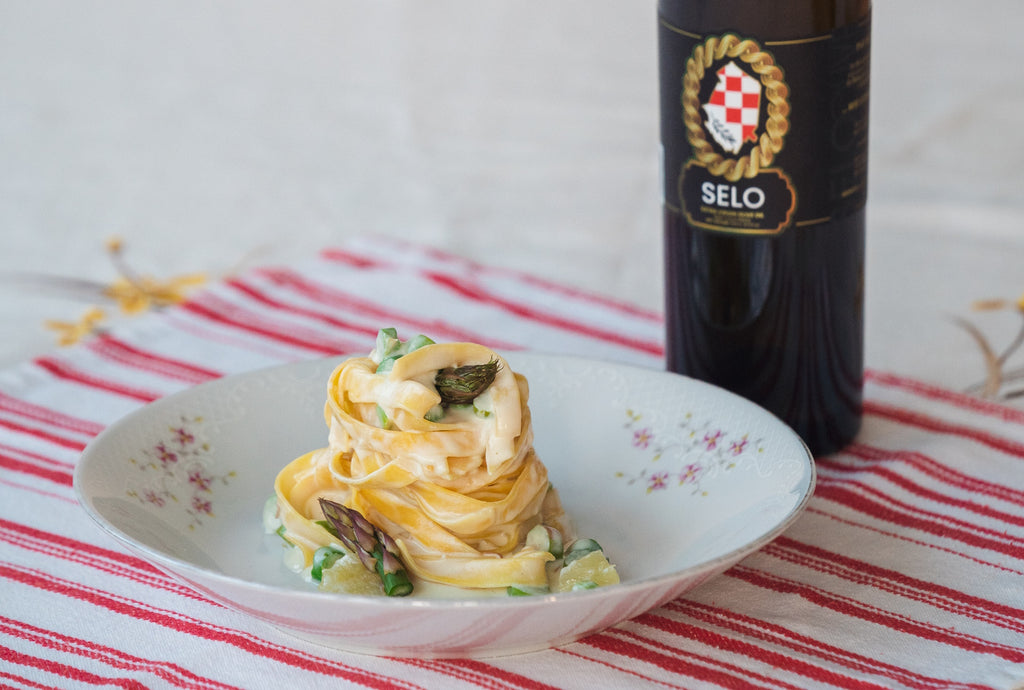
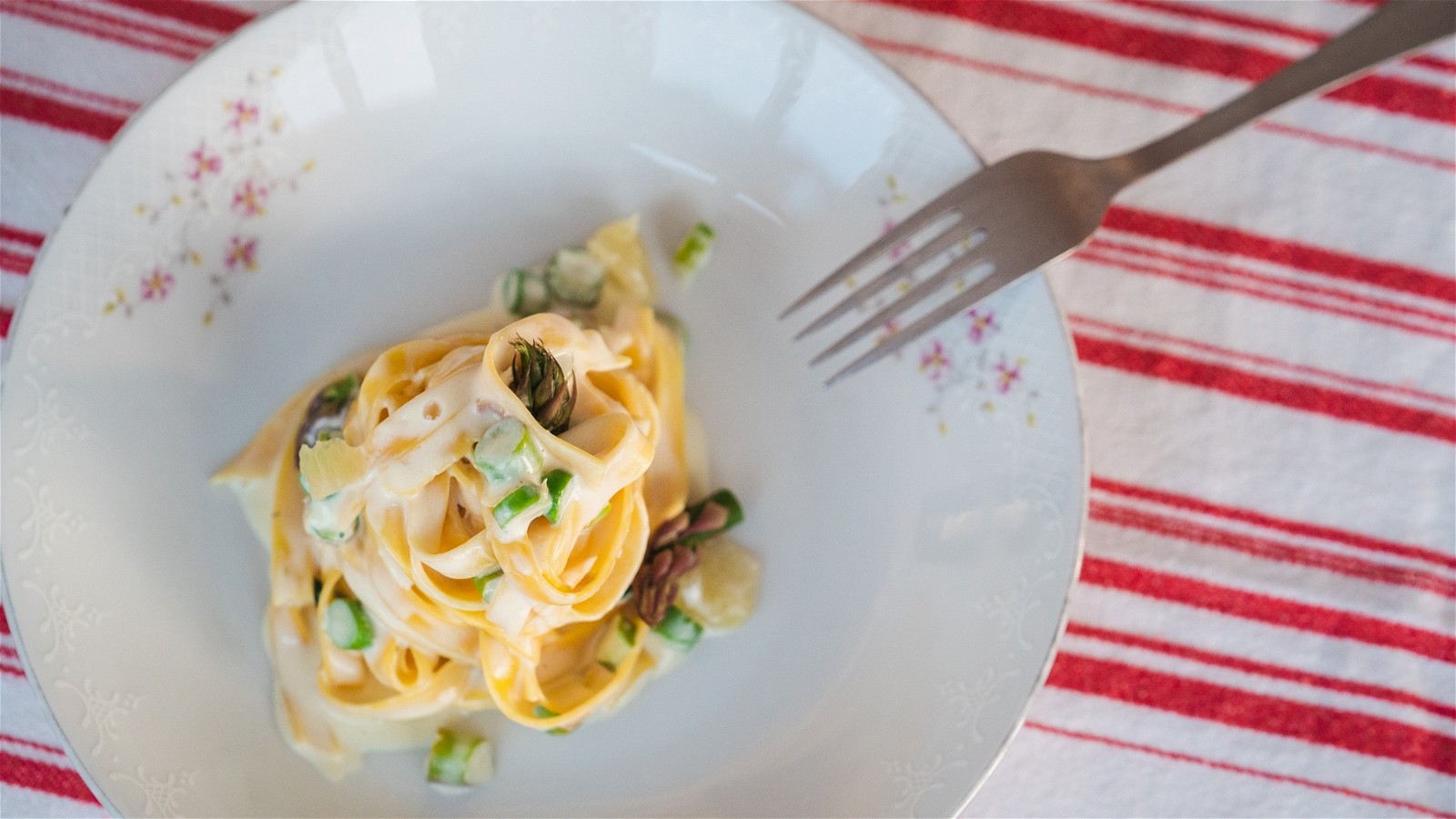
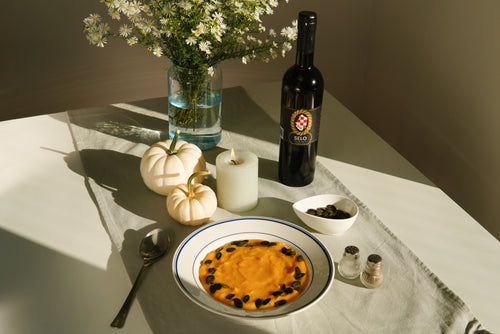
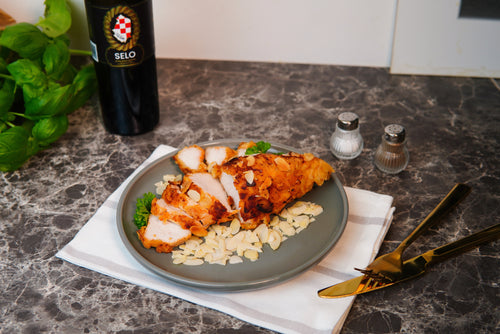
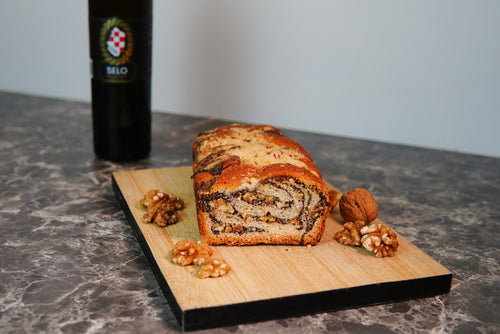
Leave a comment: